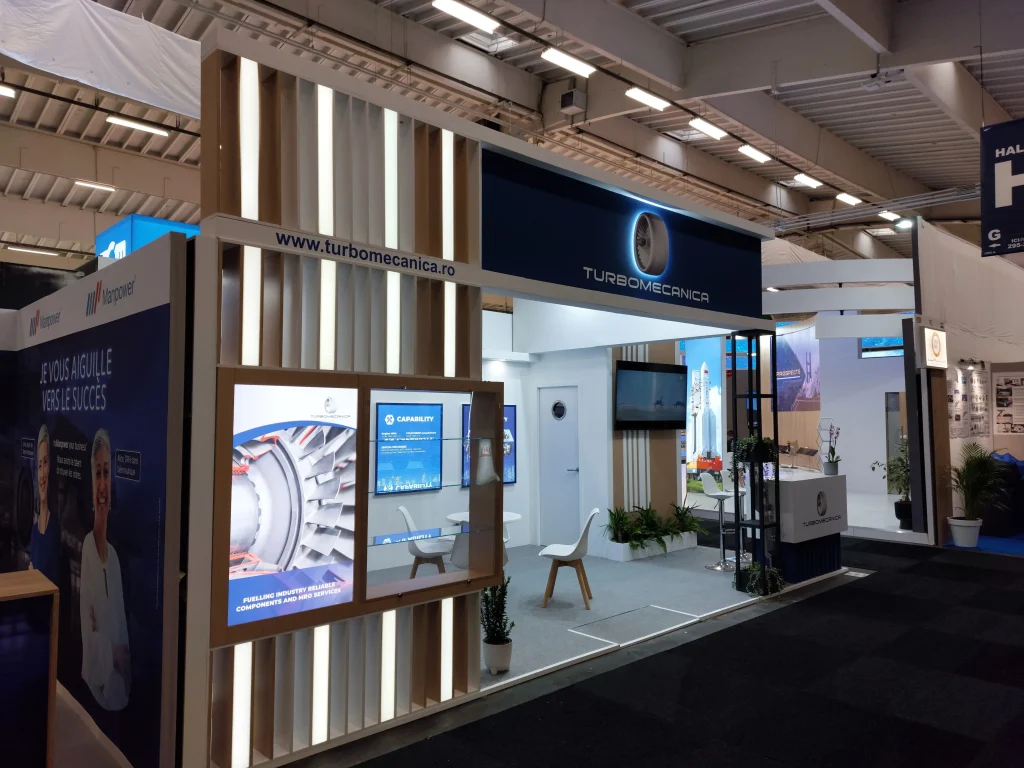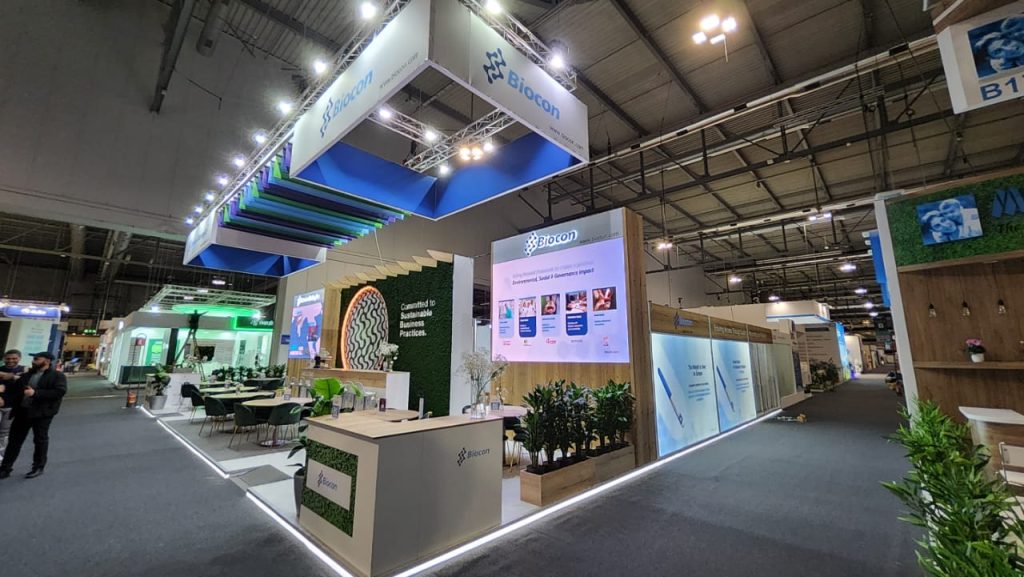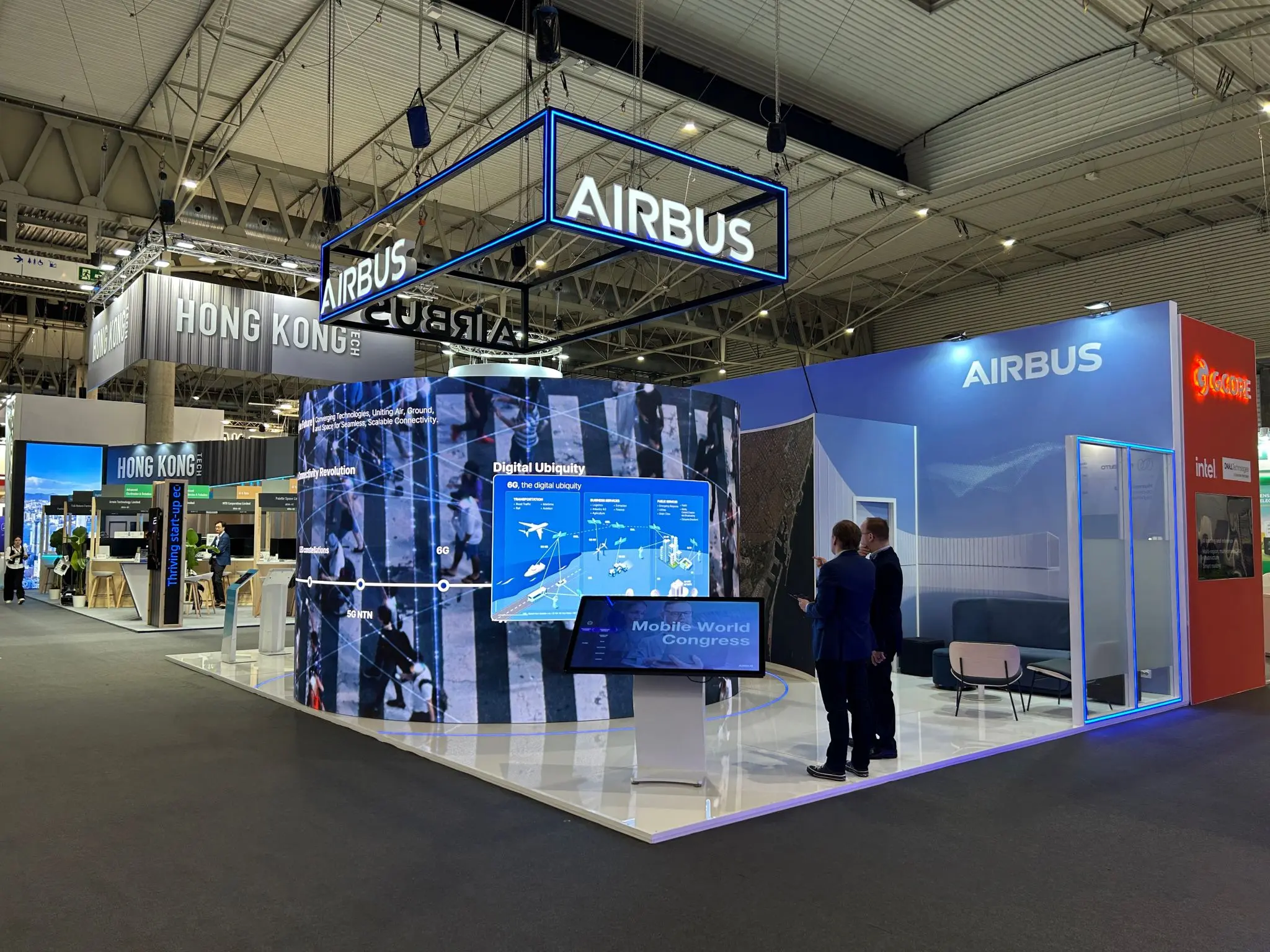
Introduction:
Trade shows are one of the most significant investments for UK businesses, but not all exhibitors see a return that justifies the cost. From exhibit space rentals at ExCeL London and NEC Birmingham to logistics, staffing, and technology integration, the costs add up quickly. The key to trade show success is understanding how to strategically allocate budgets, optimize booth engagement, and measure results effectively.
This article explores the financial side of exhibiting—how UK companies can reduce wasteful spending, improve efficiency, and maximize their return on investment (ROI).
Understanding the True Cost of Trade Show Exhibiting
Many exhibitors underestimate the total cost of participation, which includes:
• Booth space rental fees (typically the largest single expense).
• Booth construction & design (custom builds vs. modular setups).
• Logistics & shipping (transporting materials, products, and booth components).
• Staffing & travel expenses (flights, accommodation, per diem for employees).
• Marketing & promotional materials (giveaways, brochures, and branded assets).
• Technology & interactive elements (digital displays, VR experiences, lead capture tools).
Trade show exhibit design companies now offer cost-optimized modular booth solutions, helping businesses maximize impact without overextending budgets.
Cost-Saving Strategies for UK Trade Show Exhibitors
1. Renting vs. Buying Booth Components
Instead of investing in an expensive one-time-use custom exhibit, exhibitors can explore:
• Modular booth designs, which can be reconfigured for multiple events.
• Booth rental services, allowing businesses to cut upfront costs.
• Hybrid solutions, where core structures are owned, but graphic elements are swapped out.
Exhibition booth builders specializing in cost-efficient trade show setups can help exhibitors extend the lifespan of their booth investments.
2. Leveraging Local UK Suppliers to Cut Shipping Costs
One of the biggest hidden costs for exhibitors is transportation and logistics.
• Sourcing booth materials and print assets locally eliminates long-distance shipping fees.
• Partnering with UK-based exhibit design firms ensures quicker turnaround times.
• Using on-demand booth storage solutions reduces the need for repeated shipping.
Custom exhibit builders in the UK offer pre-stored booth options that allow exhibitors to deploy displays more efficiently across multiple events.
3. Digital-First Engagement to Reduce Physical Costs
Many exhibitors waste money on printed brochures, product catalogs, and promotional flyers that often go unread. Switching to digital engagement can cut down on unnecessary costs while increasing visitor interactions.
• QR codes for digital brochures replace printed materials.
• AI-powered digital displays customize messaging based on visitor preferences.
• Lead capture automation tools eliminate paper-based sign-ups.
Trade show exhibit design companies are integrating paperless technology solutions to help exhibitors save money and operate more sustainably.
4. Sponsorship & Co-Branding to Share Costs
For smaller businesses, co-exhibiting with a partner brand or leveraging sponsorship opportunities can offset expenses.
• Joint exhibit spaces allow brands with complementary products to share booth costs.
• Sponsoring trade show events or speaker sessions boosts visibility without the need for massive booth investments.
• Brand collaborations offer cross-promotional opportunities that extend beyond the event.
Custom trade show booth builders can create flexible layouts that accommodate multi-brand exhibiting strategies.
Measuring Trade Show ROI: How to Know if Your Investment is Paying Off
A successful trade show experience isn’t just about traffic—it’s about tangible business outcomes.
1. Lead Conversion Tracking
• Using AI-powered CRM integrations to track which booth visitors convert into clients.
• Segmenting high-quality leads vs. general contacts for targeted follow-ups.
• Monitoring post-show engagement metrics, such as email response rates and meeting bookings.
2. Cost-Per-Lead (CPL) Analysis
Understanding how much each lead costs helps exhibitors refine budget allocations.
• Comparing trade show CPL against digital marketing CPL can highlight the true impact of live events.
• Factoring in total event spend vs. number of qualified leads gives a clearer picture of effectiveness.
3. Booth Traffic & Engagement Metrics
• Foot traffic analysis via heat mapping reveals high-impact booth areas.
• Social media mentions and shares indicate digital reach beyond the trade show floor.
• Post-event survey responses help measure attendee sentiment and brand recall.
Trade show design companies are now offering advanced data analytics solutions to help exhibitors assess ROI more accurately.
The Future of Cost-Effective Trade Show Exhibiting in the UK
With rising costs and increased competition, exhibitors are shifting toward leaner, smarter trade show strategies that focus on:
• Data-driven decision-making to refine investment strategies.
• Sustainable booth design choices that lower long-term costs.
• Tech-driven engagement to replace expensive printed assets.
• Flexible exhibit programs that maximize booth reusability.
Brands that adopt ROI-focused exhibiting strategies will see higher profitability, stronger engagement, and better long-term trade show success.
Conclusion: Trade Shows Are an Investment—Make Them Pay Off
Every pound spent on a trade show should deliver measurable returns. By focusing on cost-efficiency, lead quality, and digital transformation, UK exhibitors can make smarter financial decisions while maintaining high-impact brand presence.
- Is Your Trade Show Booth Maximized for ROI?
Partner with a leading trade show exhibit design company to ensure your booth strategy is financially optimized for long-term success.
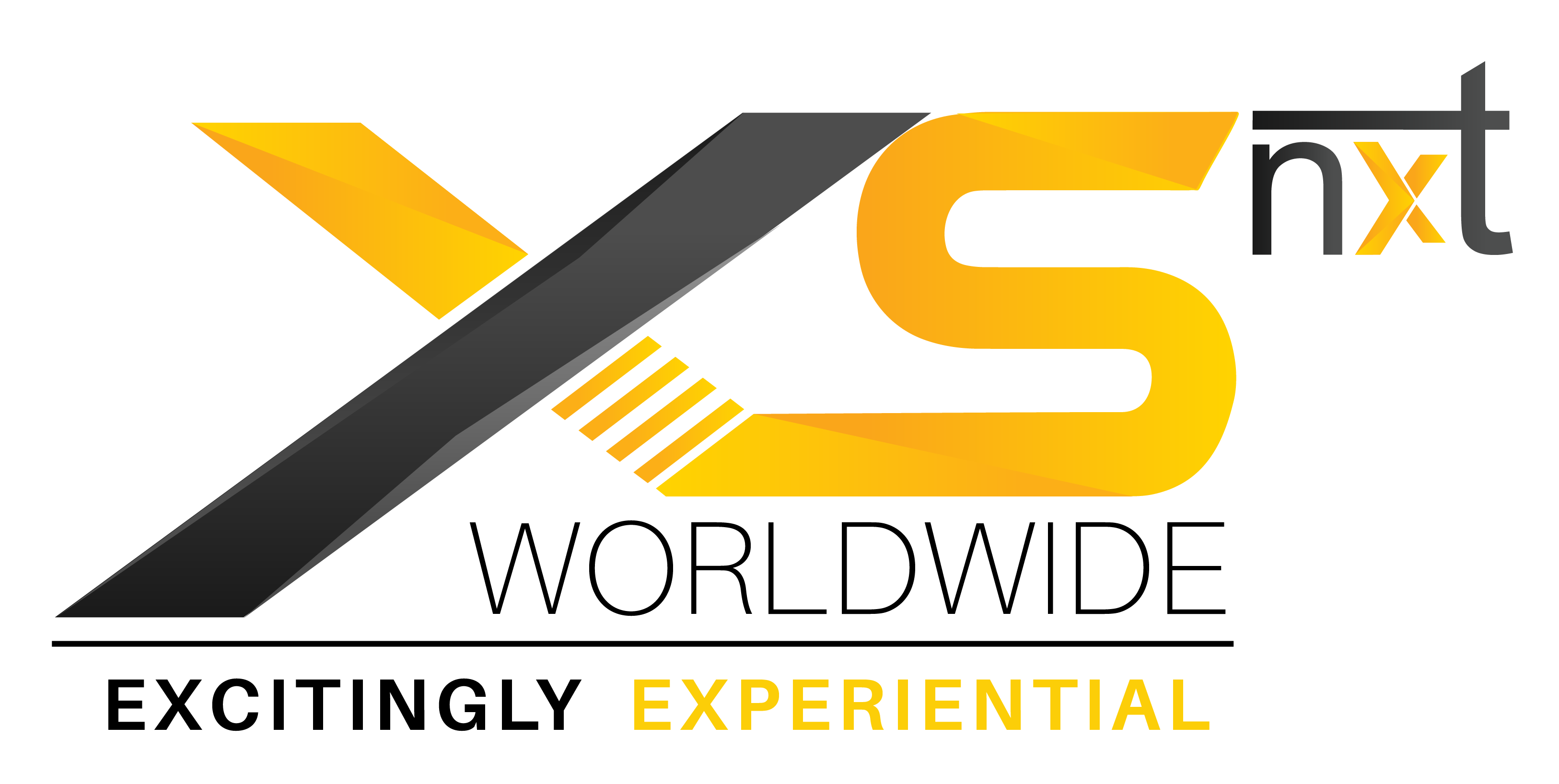
 Global
Global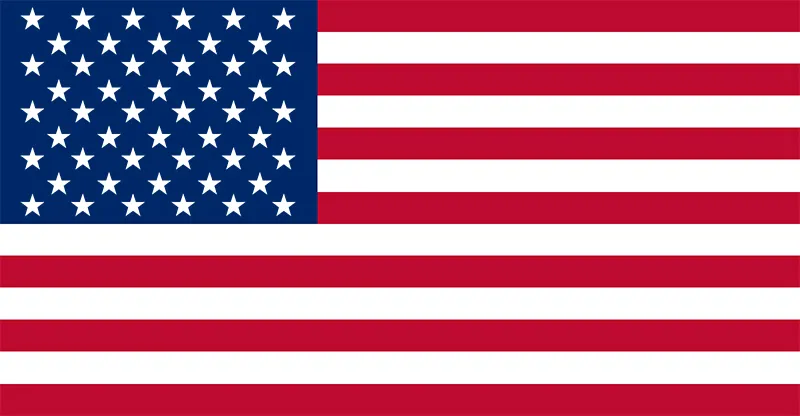 USA
USA